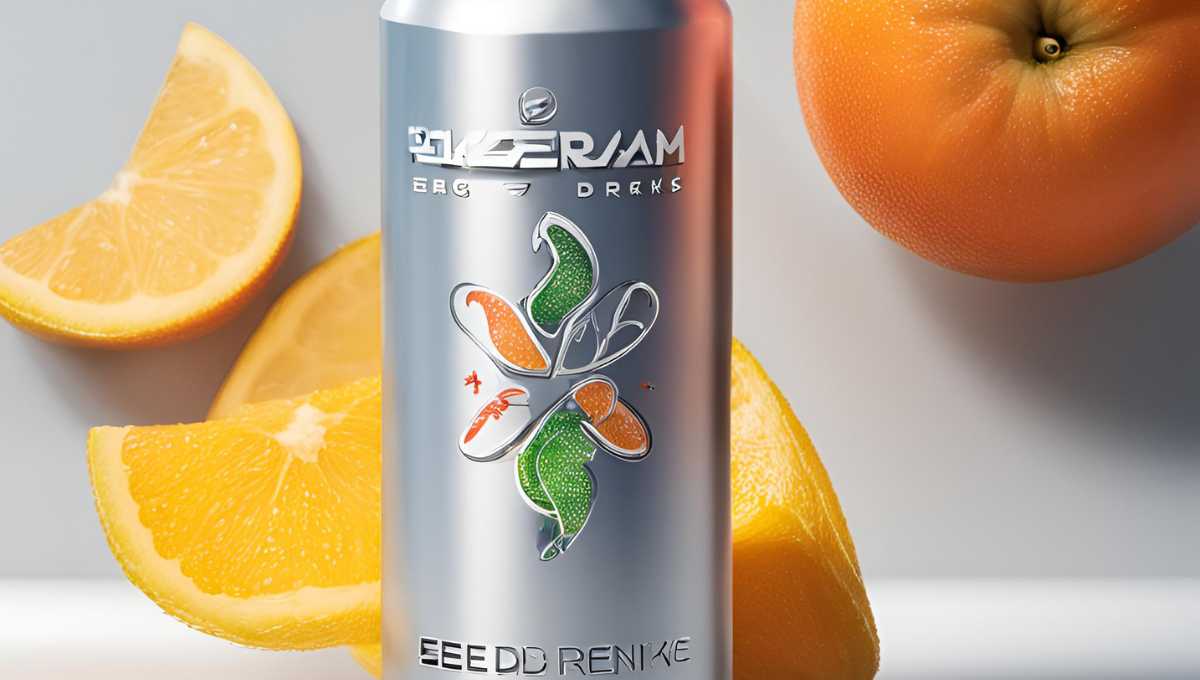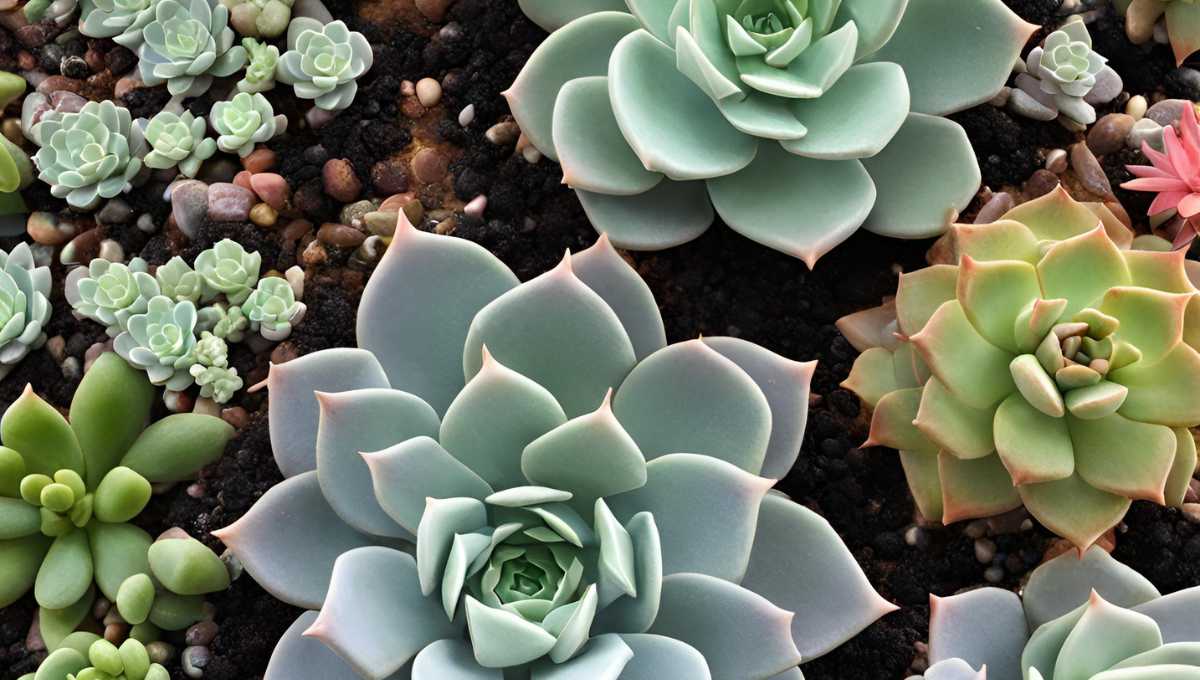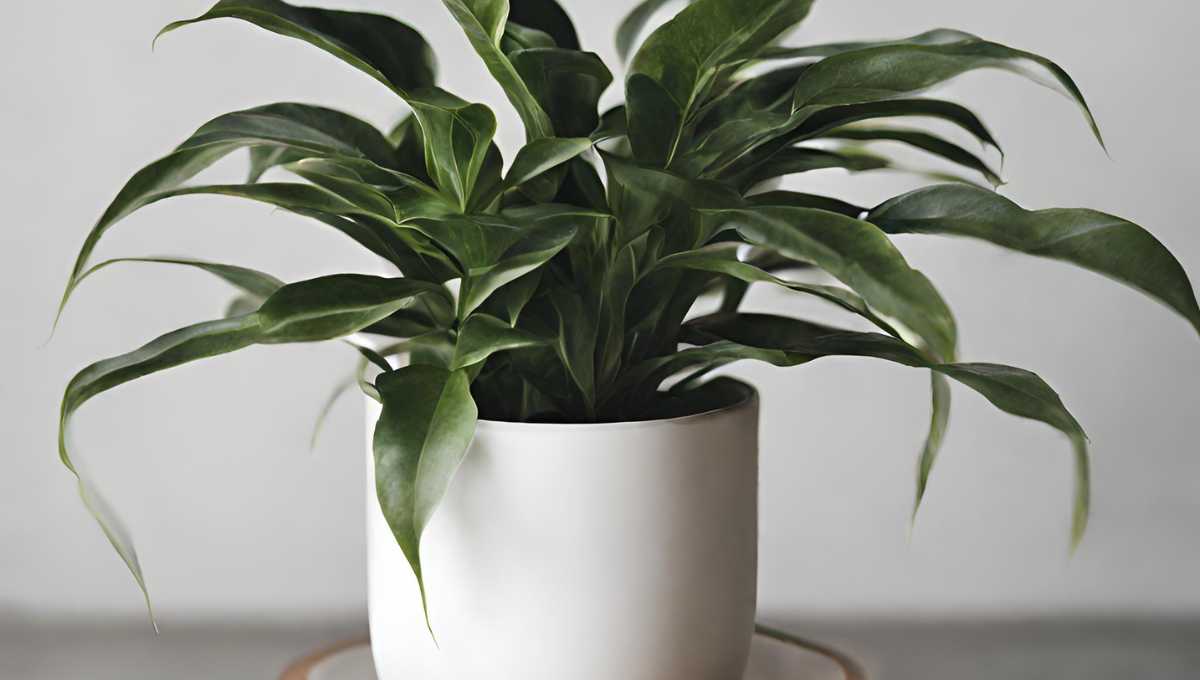
Home styling with indoor plant
Today I’ll be talking about how to style indoor plants in every room in your home. Instead of this being a step-by-step guide on what to do and not to do. I really feel like you cannot get it wrong. It’s all about incorporating indoor plants.
Let’s dive right into the different rooms, starting with the entry.
- When guests step right into your entry.
- They could be met with this really beautiful console.
- that’s styled with a beautiful vignette that should feel personal and unique to your space.
- For the entry, less is more.
- If you have a small entry, think about a vignette of smaller potted plants in a grouping.
- Think about an indoor plant that is proportional to the visual space in the room.
- The goal of the entry should be warm and inviting.
- You don’t want to put a huge tree right in your entry .
- that’s going to block the passage into your space.
- You definitely don’t want to style the entry with a tiny, tiny potted plant.
- That feels like it’s engulfed in the space.
- Proportion is key, no matter what room you’re styling the plants in.
Moving on to the living rooms indoor plants

In This Post
ToggleIf you don’t have a ton of space for a huge, sprawling tree, think about a series of potted plants, whether they’re hanging or sitting right on a coffee table. The key in the living room is to help balance the space out with your furniture placement and disperse potted plants so you’re adding brightness and greenery to different corners of the room. If you’re located in an area where you rarely use your fireplace, instead of covering it up, think about styling it with a potted plant instead. Floating shelves and hanging shelves with an assortment of different types of indoor plants are great for filling a huge blank wall. Don’t underestimate the power of planters in your living room. They make for really beautiful sculptural decor and don’t take up a lot of space.
Moving on to the dining rooms indoor plants
The dining room typically doesn’t have a whole lot of space for additional furniture, let alone a huge old plant. Definitely don’t leave the tree in its nursery pot, and always look for a really beautiful pot, urn, or vessel to transfer the tree right into. What you’re looking for is something that fits your aesthetic and vibe. If you’re not into a whole lot of decor, I love this idea of a living wall right in your dining room. If you’re in a studio apartment or an open-concept space, think about using a bookshelf as a divider between your living room and dining space. You can then fill the bookshelf with tons of plants in all shapes and sizes. If minimal is more your style, think of a beautiful indoor plant that sits as the centerpiece for your dining table.
There’s no wrong way to style indoor plants. Look down, look to the sides, and always look up for creative solutions.
Kitchens are one of my favorite areas to fill with indoor plants.
Most kitchens have a beautiful, bright white window that is really conducive to helping these plants grow and thrive. If you have floating shelves in the kitchen, think about layering plants in all different shapes and sizes, some trailing, some upright, and some indoor herbs while you’re at it. If you have upper cabinetry with a ton of space above it, that’s a perfect spot for plants with trailing vines. A simple potted vessel with a beautiful, bright green plant would be sufficient to add color to the space.
My top two favorite indoor plants are really trees.
- Number one at the top of the list is a fiddle leaf fig.
- My second favorite indoor tree is the non-fruiting olive tree.
fiddle leaf fig indoor plants
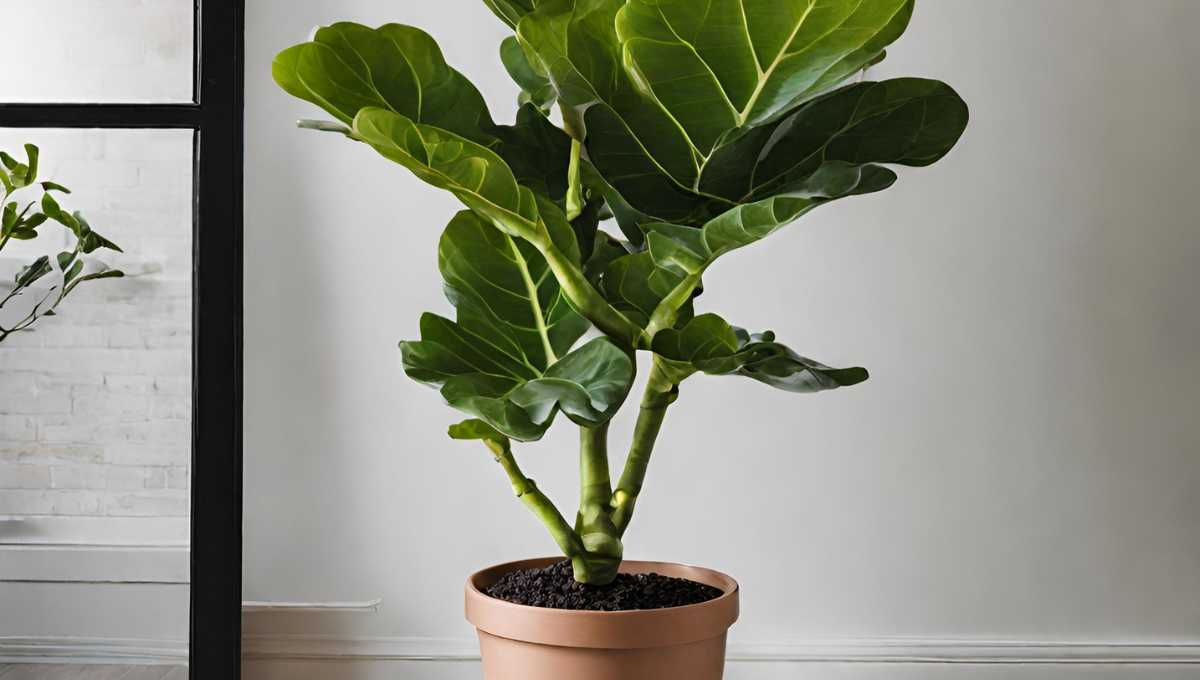
I love its large, massive, verdant green leaves. It fills the space so beautifully. They’re modern, and they have a very small footprint, so if you don’t have a ton of space in your home, they can grow really tall and large, with the exception that you only need a small pot to grow them in.
non-fruiting olive tree indoor plants
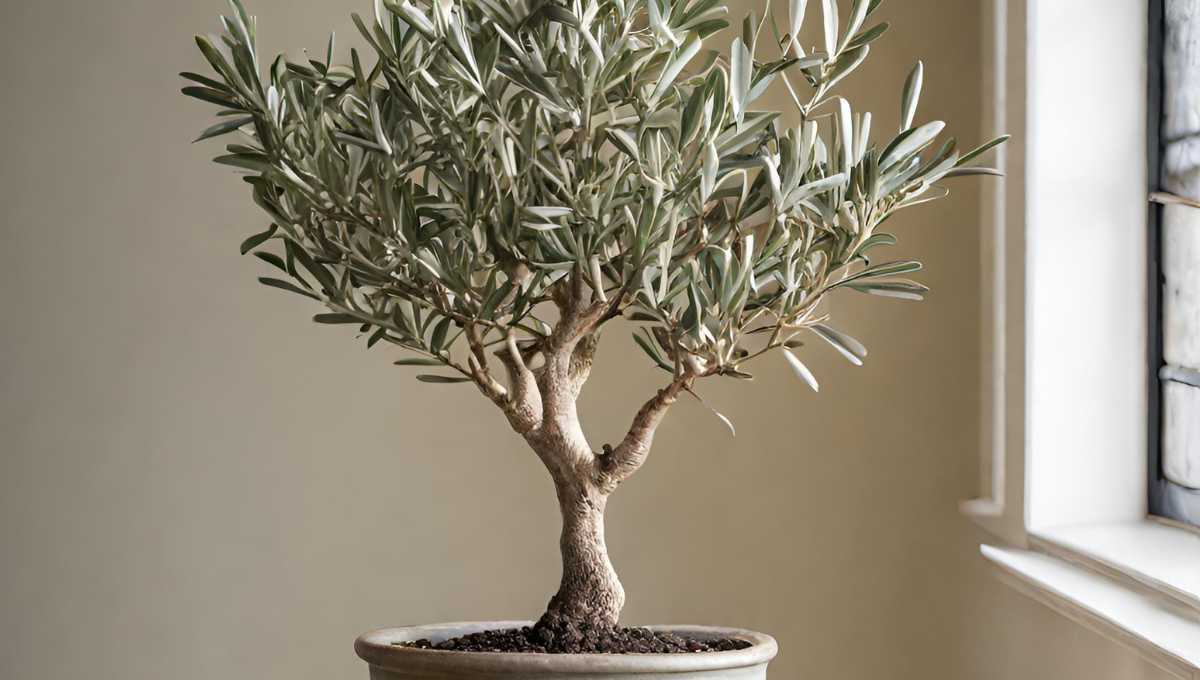
I love that it gives you this really relaxed Italian countryside vibe without feeling very country at all. The light sage-colored leaves are perfect for neutral settings, especially if you have a ton of white in your space.
Both the fiddle-leaf fig and the olive tree need ample sun.
We’re talking about a minimum of six hours of indoor bright light a day. The placement is best in front of a south-facing window, where they’ll receive all that beautiful, bright light. They can both grow really tall. Olive trees can grow up to about 10 feet. You remember the size of my fiddle leaf fig? I mean, it shot straight up into my ceiling before it started looming and bending over, so clearly, if I had the height in this space, they would grow so massive. The same thing happens with olive trees. If you want them short and small, you could specify a dwarf tree, or you could really just cut and prune them down to size when you have a small space.
Think about dividing plant groupings into smaller vignettes.
This will help you enhance the space, the character, and the mood of each individual room.
- If you have a larger space, think about a single tree that grows tall and large and will add much-needed drama and character to your room without cluttering the space at all.
- Don’t underestimate the power of simplicity. I love allowing the shape of the plant and the size of the leaves to become their own sculpture. This helps to ground each space without distracting from the furniture or views, and it also plays an important role in establishing an easy organic sense of flow.
Remember
- Indoor plants, just like interior design, are all about experimenting.
- Check out the indoor garden section at your local nursery, your local hardware store—I mean, even Ikea is chock full of indoor plants for you to mess around with.
- Just remember that every single type of indoor plant comes with a little care instruction right in the pot.
- Sometimes it’s a little tab that’s sticking out right from the soil that tells you exactly the amount of light it needs, when to water it, how much fertilizer it needs, and just basic plant care.
- There’s really nothing like styling your entire home with indoor plants. Not only does it improve the indoor air quality and teach you responsibility, but I feel like it’s really great for mental health.
FAQ
Consider your home’s light conditions and your ability to care for the plant. Low-light areas are great for snake plants, while bright spaces suit succulents. Start with easy-care plants if you’re a beginner.
Some of the easiest indoor plants to care for include pothos, spider plants, and snake plants. They are hardy and require minimal maintenance.
During winter, indoor plants need less water and may benefit from additional humidity. Move them closer to light sources and avoid placing them near cold drafts.
Yes, there are several pet-friendly plants, including spider plants, Boston ferns, and calatheas. Avoid toxic plants like pothos and philodendrons if you have pets.
Use vertical gardening techniques, hang plants from the ceiling, or upcycle old containers into unique planters. Shelves and plant stands can also help you create beautiful displays.

